The process of building a new home is an exciting journey, filled with numerous options, choices, and the realization of lifelong aspirations. Whether you’re constructing your house from scratch or selecting from pre-designed alternatives, the experience can be both exhilarating and overwhelming. When considering Ideas of building a new home, every decision you make now, from choosing the perfect plot to selecting interior decor, will shape your living environment for years to come. The ultimate goal with these Ideas building a new home is to create a sanctuary that reflects your values, personality, and lifestyle, turning a structure into a true home.
Careful preparation is essential to guaranteeing a seamless transition from blueprint to move-in. In light of this, let’s examine some fundamental concepts that will support you as you set out on this thrilling journey of creating a new home.
Selecting the Ideal Site
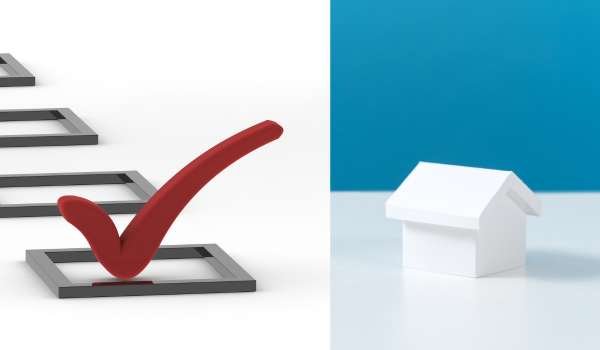
Choosing the ideal site is the first—and maybe most crucial—step in the home-building process. Your home’s resale value, the schools your kids will attend, your daily commute, and the local amenities you’ll enjoy are all influenced by your location. Convenience and accessibility are offered by urban places, but noise and congestion are the costs. Although rural life gives space and tranquilly, it could not be close to necessary amenities. Finding a balance that works for your way of life is crucial.
When assessing a neighbourhood, take into account both the potential for future growth as well as what is now available. In five years, will the serene location you are contemplating remain serene? Does the infrastructure—such as additional parks, schools, or commercial spaces—exist for future growth? By planning ahead, you can make sure you’re establishing roots in a flourishing neighbourhood rather than merely constructing a home.
Planning a Budget and Available Financing

Before construction begins, a clear and reasonable budget must be established. There are many hidden costs associated with building a home, ranging from property surveys and permits to unforeseen fees that often pop up during construction. You may steer clear of financial shocks by being aware of the actual cost of your ideal house.
Financial pressure may be reduced by looking into other financing solutions in addition to the basic budget. There are many ways to finance your project, ranging from conventional mortgages to construction loans. Every choice has advantages, and knowing the conditions of your loan may have a big impact on how affordable your house will be in the long run.
Creating a Floor Plan That Meets Your Requirements

The layout of a house determines its level of comfort and functionality. Think about how you’ll utilise the space both now and in the future before choosing a floor plan. Traditional layouts provide comfortable, distinct areas for every activity, while open-concept designs are ideal for those who like entertaining or want flexibility.
Every room should have a function, whether it socialising, working, or relaxing. Consider how one moves about the house: how the living room relates to the outside, how the kitchen and dining area are positioned, and if the bedrooms provide enough seclusion. Customising these areas guarantees that your house fits your demands and will adapt to your family’s growth and changes.
Ideas for Energy-Efficient Homes
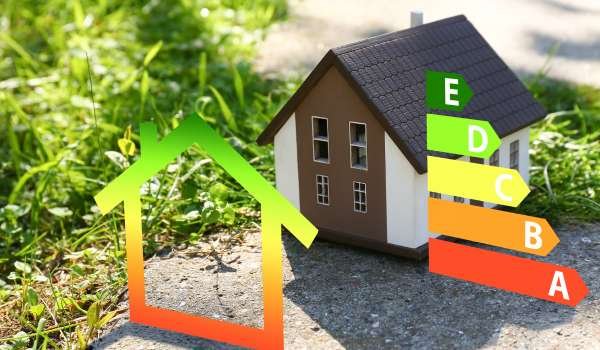
For the contemporary homeowner, energy efficiency is more than just a fad—it is a necessity when considering Ideas, building a new home. Not only does it significantly lower your carbon footprint, but it also provides substantial economic savings over time. You can create a greener home by installing solar panels, using energy-efficient appliances, and incorporating high-quality insulation into the design. These Ideas ensure that your house remains sustainable, comfortable, and cost-effective for years to come, while also contributing to a more environmentally conscious future.
- Energy efficiency is essential for the modern homeowner, not just a trend.
- It provides significant economic savings while reducing your carbon footprint over time.
- Install solar panels to harness renewable energy and cut down on electricity costs.
- Use energy-efficient appliances to lower energy consumption and utility bills.
- Opt for high-quality insulation to maintain indoor temperatures and reduce heating/cooling needs.
- Incorporate passive energy-saving design elements, such as strategically placed windows to maximize natural light.
- Choose energy-efficient building materials to create a more sustainable and comfortable home.
- Making eco-friendly decisions during construction ensures long-term benefits, especially as energy costs continue to rise.
Using Technology in Smart Homes

The way we live is being revolutionised by smart home technologies. Integrating these technology into your new house provides unmatched convenience and peace of mind, from sophisticated security systems you can operate with your phone to smart thermostats that can learn your routine. Installing smart appliances that communicate with your digital devices for convenience and lighting that can be adjusted to your mood or habit is something to think about.
Think on what you really need from technology, as it should improve your life without being a burden. A well-automated house may simplify and improve everyday living by saving time, energy, and effort.
Selecting Eco-Friendly Construction Materials
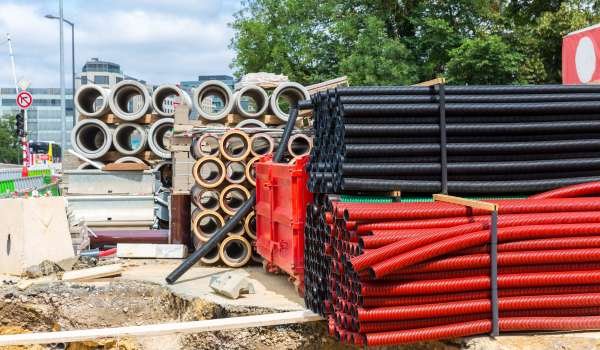
Nowadays, sustainability is at the forefront of contemporary building rather than being an afterthought in house design. By using environmentally friendly materials, like bamboo flooring, repurposed wood, or recycled steel, you may lessen your home’s effect on the environment while maintaining a stunning look. In addition to being more environmentally friendly, these materials are often stronger and healthier for your family.
Sustainable options may be included into every facet of the construction process, from non-toxic paints to energy-efficient windows. These choices may improve the quality of your living space and lengthen the life of your house.
Outdoor Living Areas: Bringing Nature into Your House

One of the best things about creating a new home is designing an outside area that blends in with your inside life. Gardens, patios, and decks increase the value of your house while also improving your pleasure of it. Consider your intended purpose while designing these areas: will you be using them to host visitors, unwind alone, or cultivate a garden?
Another crucial component of outdoor design is landscaping. Selecting climate-appropriate native plants will save water, lower maintenance costs, and foster a seamless transition between the house and its natural environment.
Increasing the Amount of Natural Light in Your House
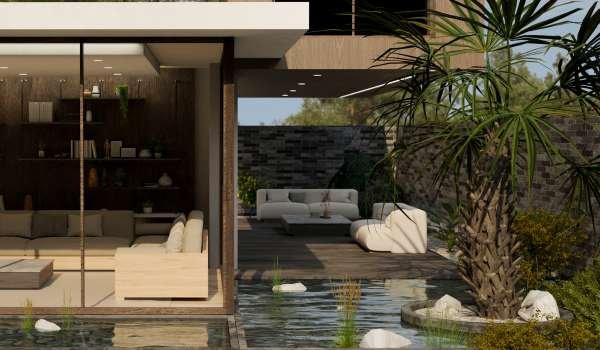
One of the most desired elements in house design is natural light. It lowers energy expenses, improves mood, and brightens spaces. Your house may seem larger and cosier by letting in plenty of natural light via large windows, well-placed skylights, and open areas.
At the same time, take privacy into account. You can benefit from natural light without compromising your privacy with cutting-edge window coverings like reflecting glass or motorised blinds.
Storage Ideas for a Home Free of Clutter
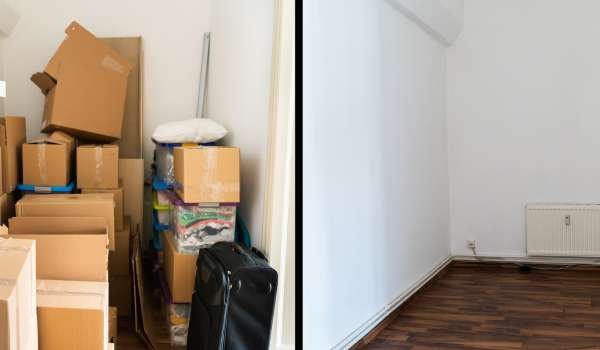
It’s simple to undervalue storage when building a house—until clutter starts to pile up. Having built-in storage options, including shelves, cabinets, and bespoke closets, is crucial to keeping your house neat and orderly. Creative storage concepts, such under-bed drawers, concealed chambers, and multipurpose furniture, may help maximise space in compact spaces.
Having enough storage from the beginning gives you more space to enjoy your house by keeping it clutter-free and organised.
The Value of a Properly Designed Kitchen
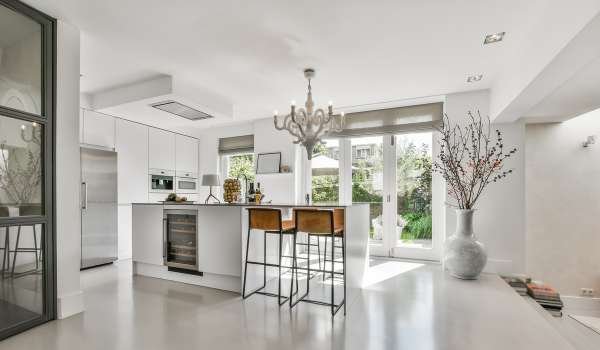
The heart of the house is the kitchen, where memories are created, meals are cooked, and discussions take place. It is essential to design a kitchen that is both aesthetically pleasing and practical. Think about the arrangement: open shelves may give both storage and display options, while a kitchen island can allow more sitting and working.
Your kitchen will be both functional and classic if you use long-lasting materials like stone countertops and hardwood floors, as well as high-quality equipment that last.
Tips for Bathroom Design: Elegance and Practicality

Think about utility as well as aesthetics: moisture-resistant materials, enough of storage, and adequate lighting can keep your bathroom looking its best for many years to come.
- Carefully design your bathroom to create a functional and aesthetic space.
- Choose ideal fixtures and finishes that align with your style and needs.
- Opt for a spa-like refuge with features like large soaking tubs and walk-in showers.
- Focus on maximizing smaller spaces if needed, ensuring efficiency and comfort.
- Use moisture-resistant materials to maintain durability and longevity.
- Incorporate plenty of storage solutions to keep your bathroom organized and clutter-free.
- Ensure adequate lighting to enhance the ambiance and functionality of the space.
- Combine utility and aesthetics to create a bathroom that promotes relaxation and renewal.
Planning for Future Growth: Have a Long-Term View
It’s crucial to consider more than just your current requirements while designing a new house. Your house should be flexible enough to accommodate changing lifestyles and growing families. Future-proofing your house guarantees that it will continue to work for many years to come, whether that means adding more rooms, enlarging your outdoor living areas, or adding adaptable spaces like playrooms or home offices.
Including Your Own Style in the Design of Your Home
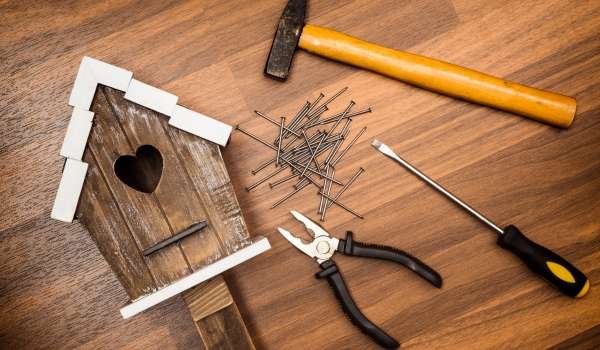
Your unique style should be reflected in your house. Your house may seem really yours by including characteristics that appeal to you, whether it be via striking colours, distinctive textures, or standout objects. To create a setting that seems both new and timeless, combine classic design elements with contemporary trends.
Ideas for Landscaping that Go Well with Your New House
The design of your house is extended via landscaping. Carefully selected outside buildings, trees, and plants may increase your home’s curb appeal and aesthetics. Native plants are a sustainable option for homes since they not only flourish in their natural habitat but also need less water and upkeep.
Selecting the Best Experts: Designers, Builders, and Architects

A group of knowledgeable experts who can realise your vision is necessary while building a house. A successful project depends on choosing the best architect, builder, and designer. To prevent misunderstandings along the road, make sure your team is aware of your objectives, financial constraints, and schedule.
Constructing with Future Technology in Mind
As technology advances, your house should too. You may avoid future expensive updates by equipping your house with technology-enabled infrastructure, such as energy-efficient systems, smart appliances, and even electric car charging stations.
Creating a Home That Is Pet-Friendly and Kid-Friendly
Everyone, including children and dogs, should feel secure and at ease in a family home. Your house will be both functional and hospitable for all of its occupants with long-lasting materials that resist deterioration, open areas for play, and creative storage options for toys and pet supplies.
Features for Safety and Security in Your New House

Security is crucial. Taking the effort to include these measures in your home’s design, from contemporary alarm systems and security cameras to childproof locks and fire safety features, can give you peace of mind and safeguard the things that are most important.
Conserving Water and Creating Sustainable Landscapes
Using sustainable landscaping techniques may minimise water expenditures in addition to benefiting the environment. For an environmentally friendly garden that grows well in every climate, take into account drip irrigation, rainwater gathering systems, and drought-tolerant plants.
Learn more : Custom Home Building Process
Final Thoughts: Making Your New House Authentically Yours
Building a new house is one of life’s most rewarding experiences. With thoughtful planning and design, you can create a home that reflects your needs, values, and personal style. It’s not just about constructing walls and rooms; it’s about crafting a space where you’ll find comfort, joy, and lasting memories. By taking the time to focus on the details that matter most to you, your new home can become a true reflection of who you are. From the layout and materials to the design and finishes, every choice contributes to a house that is uniquely yours, providing warmth and happiness for years to come.
